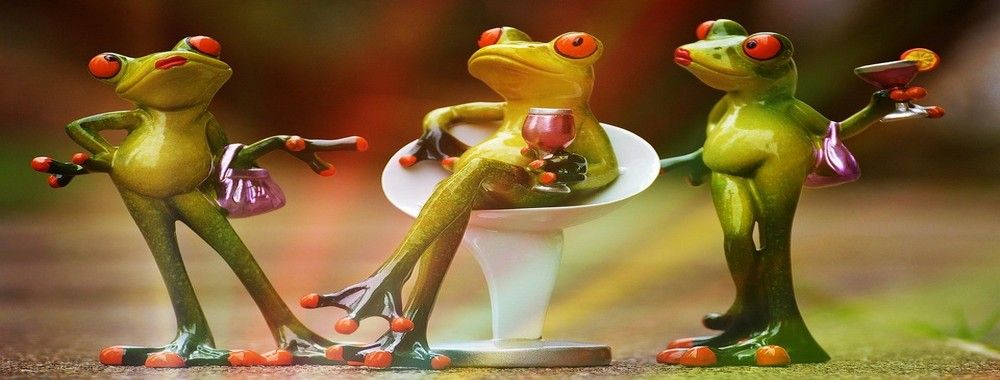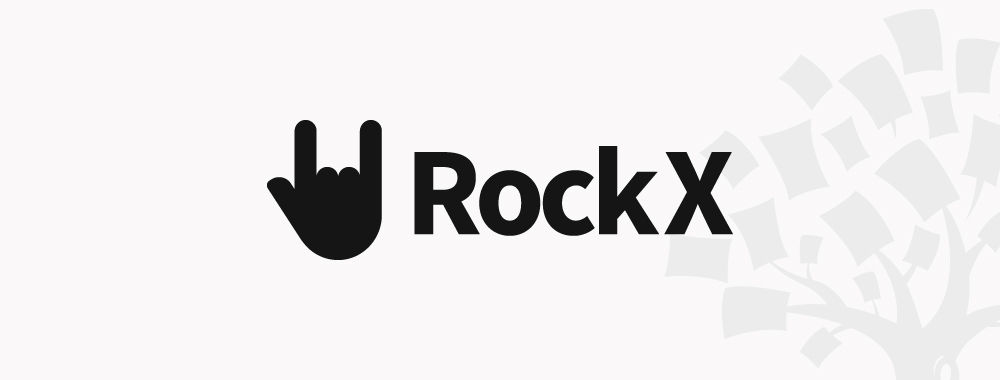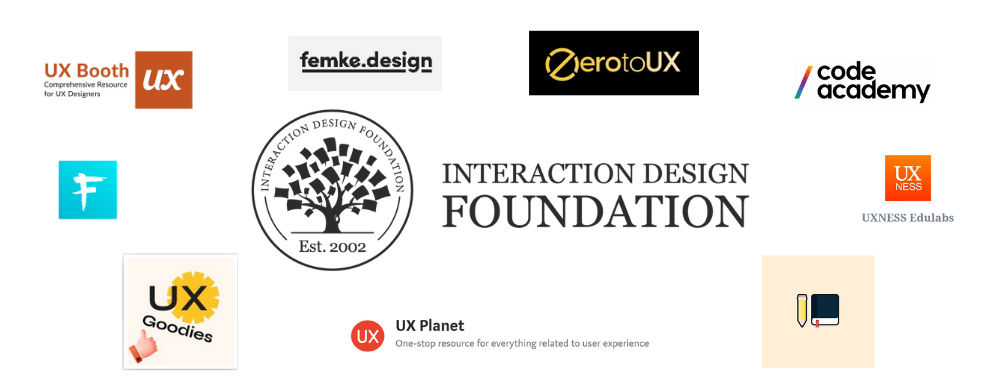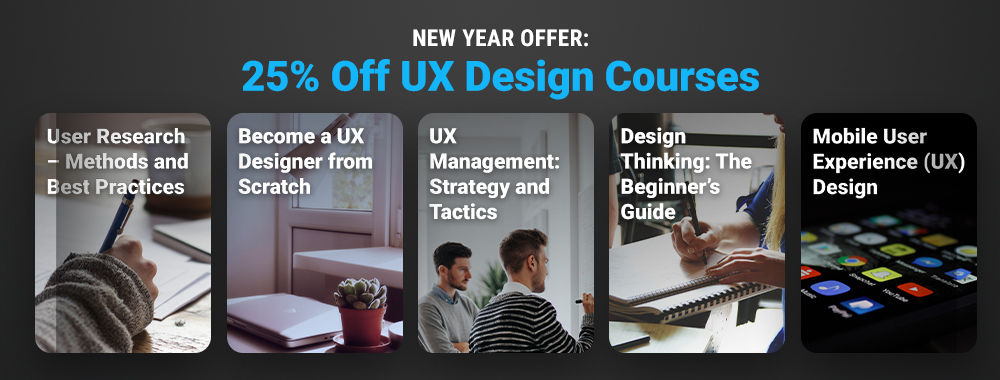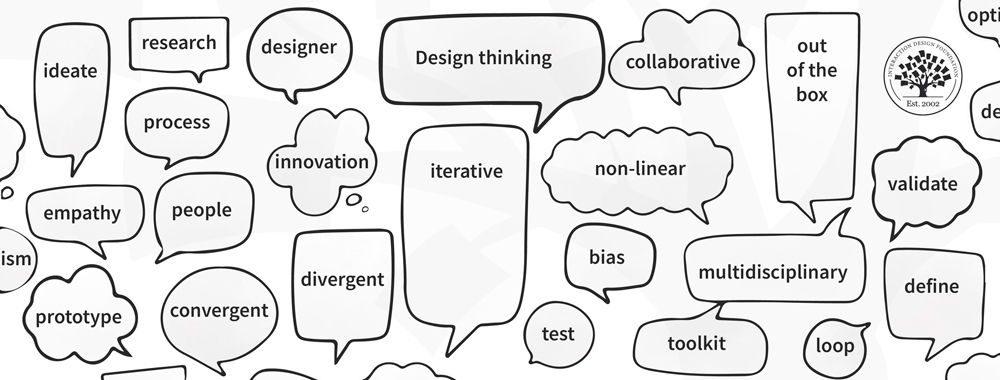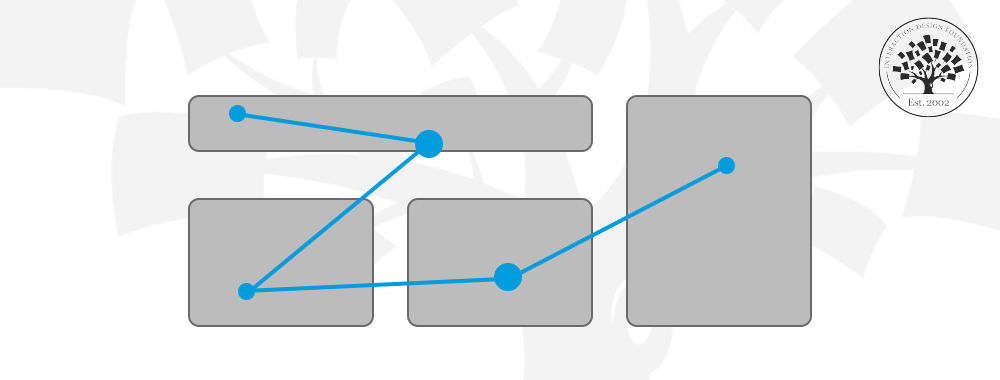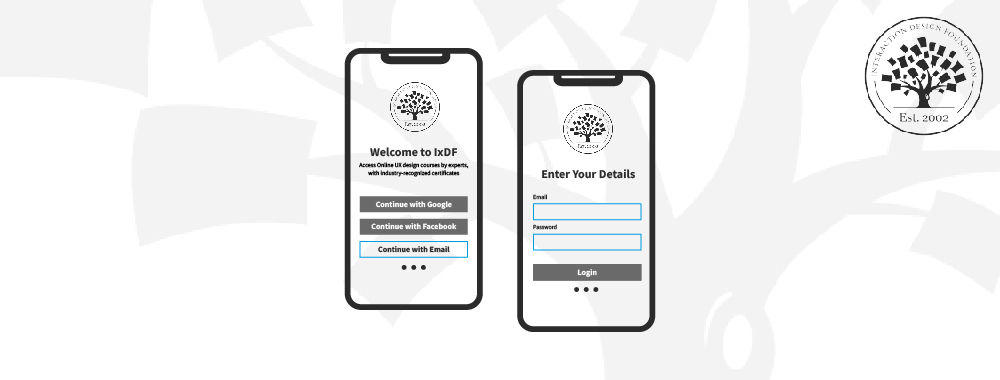Did you know they eat frogs all over the world? From France to China, people tuck into tasty amphibians, and in much of the rest of the world—we flinch about the idea. The good news is that even vegans can learn to “eat their frog”—in a work context—and no real frogs will be harmed during the process. We promise.
The theory behind eating frogs is that being busy is often used to avoid important but uncomfortable actions. You can minimize an excess workload and focus on what really matters if you identify your personal “frog”.
Brian Tracy is a time management and efficiency expert. In his excellent book Eat that Frog, he concludes that the best way to prioritize a task list is to pick the biggest and most important task on the list—i.e., the thing you are most likely to procrastinate over if you don’t do something about it. Quite often, this will be the thing you want to do the least. That task is the “frog”. You should start “eating your frog” first thing in the morning rather than doing the things you like most.
The main take away here is that you avoid procrastinating if you just “eat that frog” right away. This way, the “frog” cannot take over or clutter your mind with a troubled conscience and constant personal reminder of having to do this task. Instead, you will get the work done right away. You’ll be able to move on to do all the things you love doing. And once you’ve eaten your frog, you may even find out that it wasn’t so bad after all and that you actually feel proud of having accomplished the task – often much faster and better than you first anticipated. Here is how you get started eating your frogs and—at the same time—feeling better and reaching your goals faster.
1. Identify Your Frog
What is or are the one or two tasks that you despise doing each day or each week? You need to be honest with yourself—ask yourself a lot of questions to help you find and identify your real “frog(s)”.
 Author/Copyright holder: Kong Yuen Sing. Copyright terms and licence: Fair Use.
Author/Copyright holder: Kong Yuen Sing. Copyright terms and licence: Fair Use.
However you may feel about frogs, touching them is a step beyond the line for many of us. What better way, then, than to imagine this slippery guy as representing your most unpalatable task of the day? Eating that task for breakfast not only frees up the rest of the day; it will give one heck of a yardstick to measure what happens in the rest of that day—chances are, things will be good.
2. Eat Your Frog Every Morning
“If the first thing you do each morning is to eat a live frog, you can go through the day with the satisfaction of knowing that that is probably the worst thing that is going to happen to you all day long.”
– Mark Twain
Begin every morning by “eating your frog”. Do it immediately, and persist until the task is complete before you move on to something else.
It will help you to know that it’s just like training a muscle. It may feel very hard in the beginning. But your muscle will grow stronger and stronger as you develop routines of “eating your frogs” first thing every morning.
Don’t think too much about it. Just get it done. That’s the key to reaching high levels of performance and productivity. Eating frogs is really about disciplining yourself. It doesn’t sound too attractive in today’s world. But the truth is, if you want to be successful—you have to be disciplined.
Successful, effective people are those who get stuck into their major tasks and then discipline themselves to work steadily and single-mindedly until those tasks are completed. A person’s success in work and life can often be measured by the number of frogs he or she is willing to eat.
Brian Tracy states that:
“‘Failure to execute’ is one of the biggest problems in organizations today. Many people confuse activity with accomplishment. They talk continually, hold endless meetings, and make wonderful plans, but in the final analysis, no one does the job and gets the results required.”
– Brian Tracy
When you get into the habit of eating your frogs, your muscles will grow, and you’ll be able to work effectively on doing the things that get you closer to your goals.
3. Eat the Ugliest Frog First
If there is more than one frog, you should eat the ugliest one first.
 Author/Copyright holder: Pixabay. Copyright terms and licence: CC0
Author/Copyright holder: Pixabay. Copyright terms and licence: CC0
We all have days when more than one not-so-fun task dangles above us, daring us to procrastinate. Alas, it’s part of life, and unless you are an admin staff member who has spot-on “frog-swallowing” skill, you may as well get that huge toad out of the way first—no, it’s still only a frog, actually smaller than a toad and, hence, not so big and bad as people think, like most tasks! After that hardest task—the most hideous frog—the other frogs won’t seem so bad.
4. Develop an Addiction
You can actually develop a “positive addiction” to endorphins and to the feeling of enhanced clarity, confidence, and competence that getting important things done trigger. Just like when you start running, your legs will hurt. But you’ll soon get addicted to the rush of endorphins – and your muscles will allow you to run faster and farther.
You can become addicted, in the best possible way, to achieving your goals while you enjoy (most of) the path that leads you there. You can use this addiction to organize your life in such a way that you continually start and complete ever-more important tasks and projects.
5. There Are No Short Cuts: Your Brain is a Muscle You Can Train
How can you get started? Unfortunately, there are no shortcuts. You have to do the hard work of eating your frog(s)… first thing every morning—or week—or whatever makes sense in your case. Practice and hard work are the keys to mastering any skill. Fortunately, the human mind is like a muscle which grows stronger and more capable with use.
Example of How You Can Eat Your Frog
For freelance designers, the frog could be to organize and manage their accounting. After you have identified the frog, the simple step is “just” to decide that you’ll get the accounting done—as soon as possible. You could do this in several ways:
-
Perhaps, you can do the accounting yourself first thing every Monday morning or every 1st workday of each month (as it may be counterproductive doing this task more than once a month). The art for you is to keep on doing the accounting—making it a habit of which you can be proud.
Or, you could do some research and find out if there’s an app or system which could help you organize the details so the task doesn’t seem as overwhelming—and so it doesn’t take up too much of your time.
Or, you might want to seek help and delegate some of the accounting to a personal assistant or an accountant. If you can afford this, it may be an even better way to deal with the frog. You don’t have to eat the frog yourself. You can simply delegate it and free up your time and mind to do something more important and enjoyable.
But do it first thing every morning—or week—or whatever makes the most sense with each of your frogs.
Plans Don’t Matter. Action Matters.
Let’s just take a quick look at Brian Tracy’s statement again:
“‘Failure to execute’ is one of the biggest problems in organizations today. Many people confuse activity with accomplishment. They talk continually, hold endless meetings, and make wonderful plans, but in the final analysis, no one does the job and gets the results required.”
– Brian Tracy
Planning how to reach a goal is necessary—but don’t go overboard and immerse yourself in the planning process. You should always seek to take action:
“Unless you are a fortune-teller, long-term business planning is a fantasy”
― Jason Fried, Rework

Author/Copyright holder: David Shankbone. Copyright terms and licence: CC BY 2.0
If only it were this simple to see far down the line. The good news is that it is hardly that difficult. It’s about training to engage in making/adapting plans and taking decisive actions towards those plans so that it becomes habitual to wake up and hit that routine on autopilot. Yes, that means getting to the point of swallowing those frogs without even having to remember they’re frogs. Soon, it may become so much a part of daily life that you may forget that you had ever wanted to advertise for a frog-swallower on Craigslist.
It’s great if you have ambitious goals—the thing is that you should get started doing instead of planning and talking. Take the first steps today. Eat that frog. Show what you believe in through your actions.
“Standing for something isn’t just about writing it down. It’s about believing it and living it.”
― Jason Fried, Rework
Instead, you want to get stated get the most important things done—today.
“What you do is what matters, not what you think or say or plan.”
― Jason Fried, Rework
The Take Away
Eating a frog is a metaphor for doing things that we don’t want to do. The frog is a task that seems unpleasant. The trick to eating the frog is simply to identify it and then get the job done as fast as possible. Of course, sometimes we have more than one frog on our plate – there the trick is to pick the ugliest frog (the task we like least) and eat that first.
References & Where to Learn More
Hero Image: Author/Copyright holder: Pixabay. Copyright terms and licence: CC0
Brian Tracy, Eat that Frog, 2001
Brian Tracy, Eat That Frog: Brian Tracy Explains The Truth About Frogs
Jason Fried and David Heinemeier Hansson, Rework, 2010
